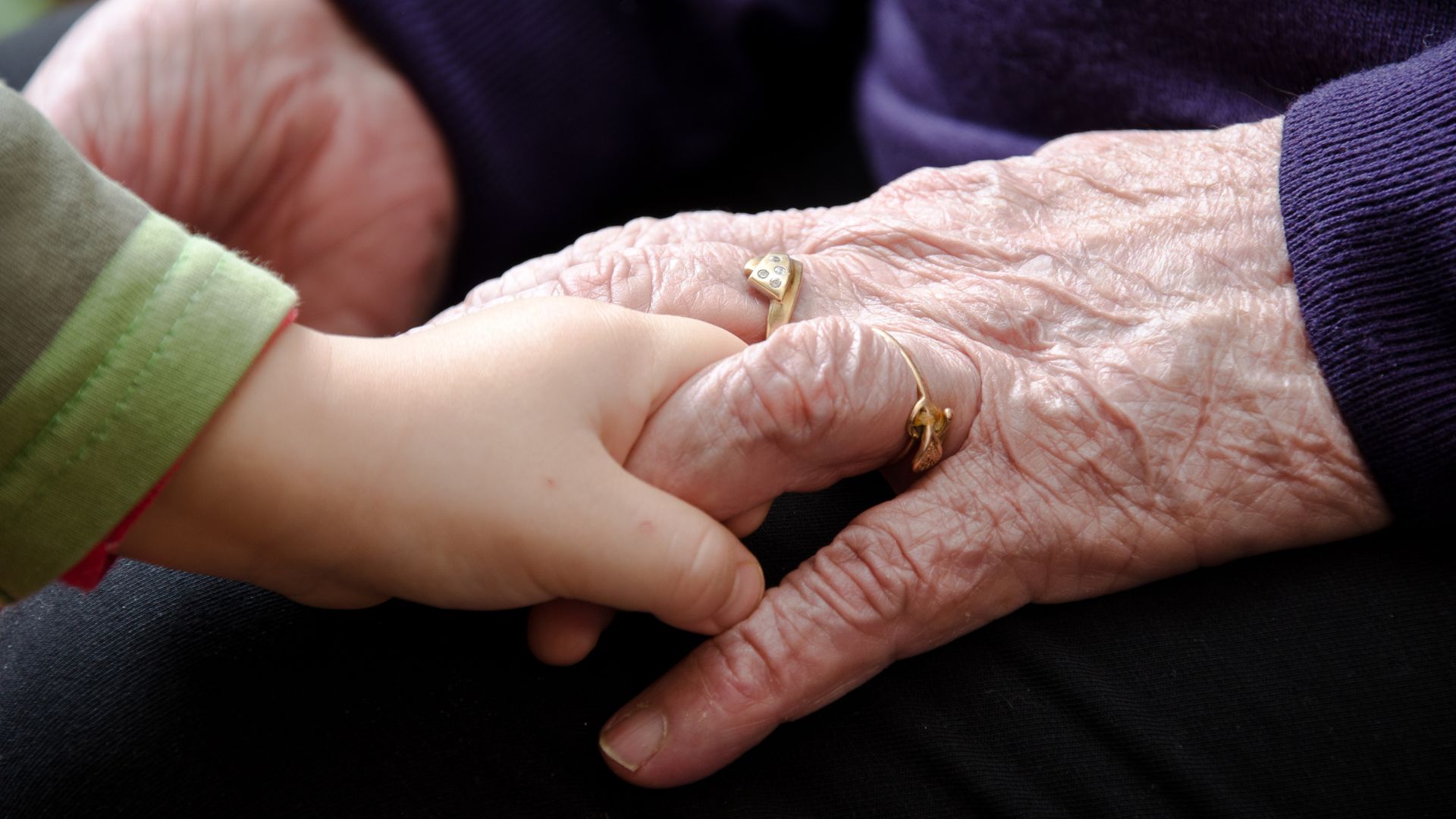Our children all centenarians or almost? In any case, this is what the latest INSEE report promises us. According to the National Institute of Statistics and Economic Studies, girls born in 2022 will live an average of 93 years, compared to 90 for boys. Well, in theory.
In practice, INSEE relied on the average age of individuals still alive and on the life expectancy of extinct individuals and generations to establish its forecasts for the French population. The impact of the climate crisis on future generations has not been considered and could unfortunately change the situation.
Children born in 2022, all in their 90s?
In a report published on November 10, INSEE determines the life expectancy of the French according to their age. According to his predictions, girls born in 2022 will live an average of 93 years, compared to 90 for boys. That is, respectively 37 and 42 years older than their ancestors born in 1900.
In order to establish these figures, INSEE crosses many data concerning previous generations, both extinct and non-extinct. This information makes it possible to predict the life expectancy of future generations, provided that their way of life, or that their environment, follows the same evolution as those who preceded them.
For greater precision, INSEE considers three possible scenarios which set this life expectancy between 88 and 98 years for women born in 2022 and between 86 and 96 years for men born in the same year. The number of centenarians among the children of this generation could fluctuate between 10% and 50% depending on the scenarios.
The increase in life expectancy in the 20th century
The life expectancy of the French has been steadily increasing since 1900. In doubt? The standard of living, prevention and medical advances that guarantee a continuous increase… and fluctuating according to the decades. Access to antibiotics since the late 1930s suddenly reduced infant mortality and significantly increased the life expectancy of an entire generation.
Since the early 1970s, it has been the elderly who have been mainly affected by medical advances. The prevention and treatment of cardiovascular diseases have allowed life expectancy to make a new leap by delaying the average age of death of the elderly.
The impacts of the climate crisis on the life expectancy of the new generations
If advances in society and medicine are not always predictable and can drastically influence future figures, the same is true for crisis situations. Currently, INSEE projections do not take into account the effects of global warming, which risk compromising, directly and indirectly, the quality of life and health of the new generations.
Enough to question these optimistic forecasts, unless the world’s population and its governments finally assume their responsibilities and meet their climate commitments.
Photo credit image of one: Getty Images
Source: Madmoizelle
Ashley Root is an author and celebrity journalist who writes for The Fashion Vibes. With a keen eye for all things celebrity, Ashley is always up-to-date on the latest gossip and trends in the world of entertainment.





